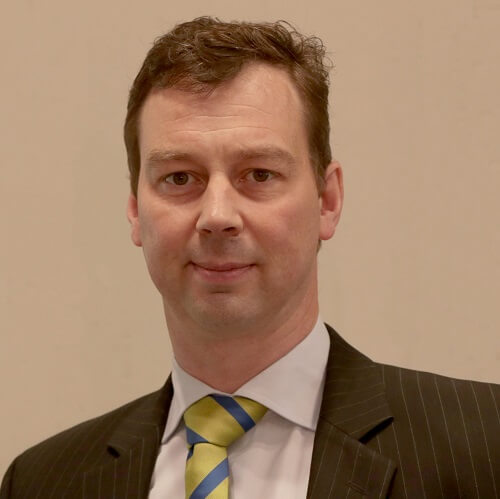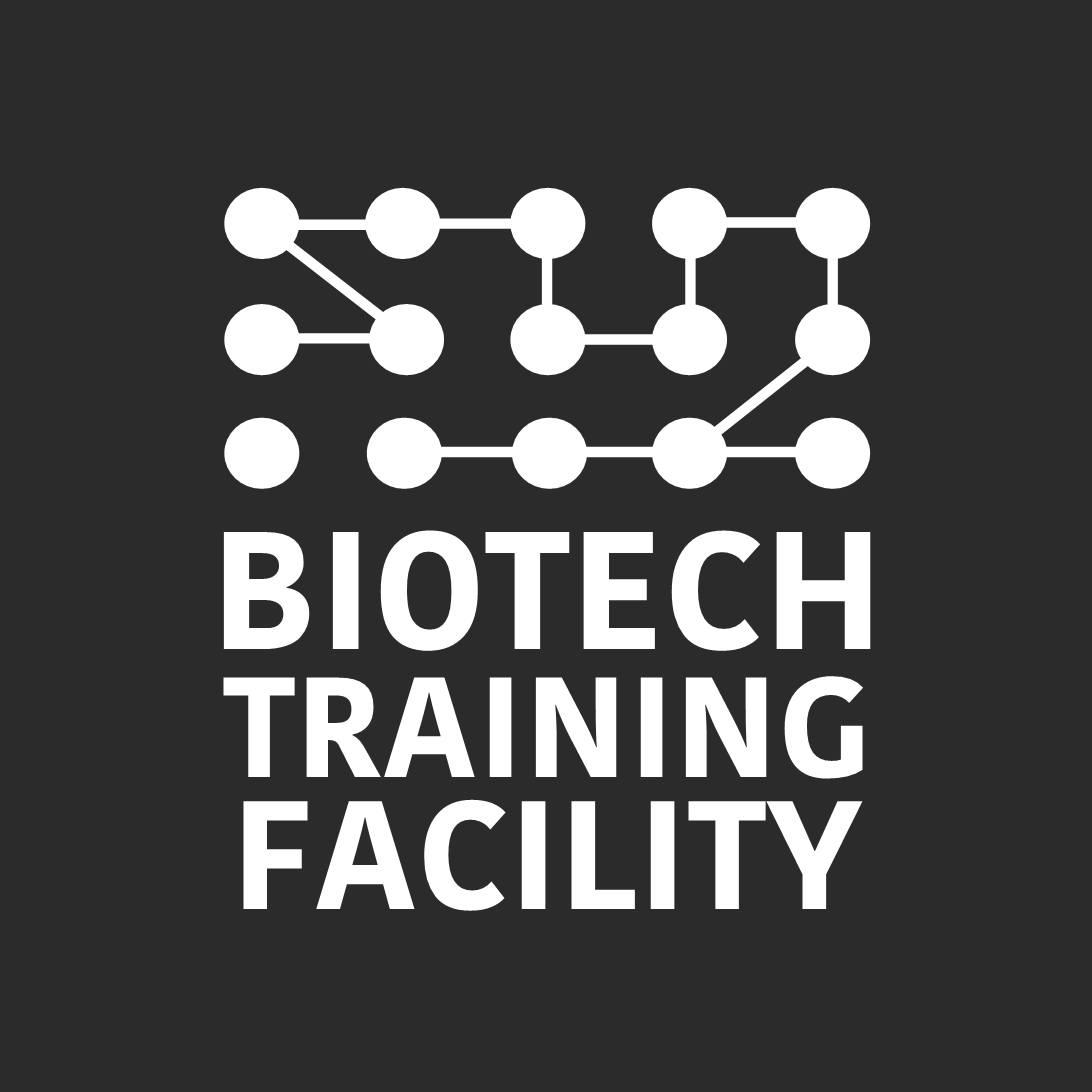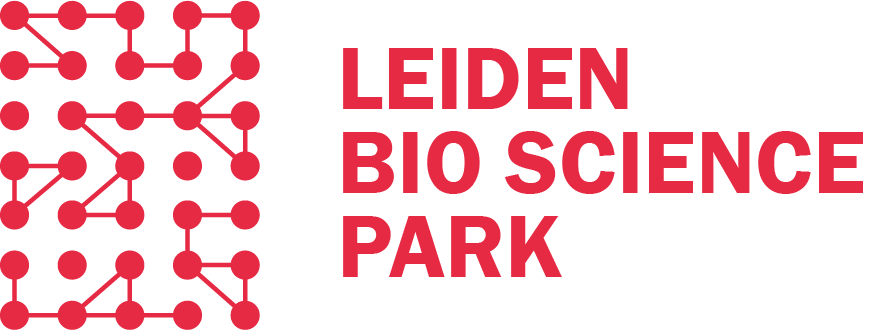Interviews
Interviewer - Lilian Vermeer
 |
Interview Dr Paul Beckett - MERCK |
Impact of intensified bioprocessing on sustainability
Interview Dr Paul Beckett Senior Manager Downstream, BioContinuumTM Platform – who gives the opening key-not lecture at the Single Use Event
Intensified bioprocessing is driven by economic and efficiency concerns but it also has a direct impact on sustainability. There is however limited quantified data on how these new efficiencies actually contribute to sustainability metrics. Dr Paul Beckett, Senior Manager Downstream, BioContinuumTM Platform explains which sustainability metrics are commonly used and presents a case study comparing the sustainability metrics of a current downstream bioprocess with an intensified process.
Beckett is responsible for the strategy and development of the downstream portion of the BioContinuum platform at Merck KGaA Darmstadt. This platform focusses on next-generation intensified and continuous bioprocessing and the preparation for the facility of the future (BioProcessing 4.0). “The pharmaceutical industry is a conservative and highly regulated industry so there needs to be a very strong incentive for change”, says Beckett. For example biologicals need a lot of expensive clinical work and once the manufacturing process has been approved this is not easily changed due to regulatory concerns, cost and time. “However we need to change”, stresses Beckett, “since drugs are too expensive and our manufacturing needs to be more flexible. We have to reduce that cost somehow by making our manufacturing cheaper, faster and smaller. It is a happy coincidence that when you make something smaller and more efficient it also has less of a sustainability impact.”
Sustainability metrics
“Sustainability specialists talk their own language, use all kinds of metrics and finally there appears a number which you need to know where it comes from and what it means. To understand how bioprocesses contribute to sustainability we need understandable numbers using the right metrics,” says Beckett. “I want to present a case study which is understandable and applicable for a bioprocess audience who are not necessarily sustainability experts.”
Case study
Beckett uses three different metrics in his case study: PMI, (process mass intensity, the total mass of materials needed per mass of product), carbon dioxide equivalent (a measure of the carbon/warming footprint of a process) and freshwater use (water for injection).
The processing steps of a reference (classic) batch mAb purification process and an intensified version serve as the basis of the case study. Examples of intensification include flocculation of the cell culture before depth filtration in primary harvest. Flocculation is the aggregation of smaller particles into larger agglomerates which makes the filtration process more efficient, therefore using less filter area. Another example is replacing cation exchange chromatography (CEX) by frontal CEX. This shrinks the operation due to the much higher apparent binding capacity, using less resin and therefore significantly reducing buffer demand. Some steps in the process like virus filtration do have continuous and intensified options but the impact on sustainability at this point in time is minimal and therefore has been excluded
Lower freshwater use
The conclusion is that the intensified versions of the primary harvest step and cation exchange chromatography use a lot less freshwater and they also have a lot lower PMI and therefore are more sustainable. Saving a lot of water that does not need to be purified, chemicals and also filters/resins makes a huge difference on the scale of costs and sustainability. “These are promising results but should be seen as only the first part of a much more comprehensive study.”
Paul Beckett Senior Manager Downstream, BioContinuumTM Platform gives the opening key-note lecture Impact of intensified bioprocessing on sustainability at The Single Use Event at 10.35 am, September 13. |
Interview Dr Jack Cordrey - 3M |
Next generation membrane adsorbers intensify and simplify purification of biomolecules
Interview with key-note speaker at the Single Use event Dr Jack Cordrey of 3M
Resin-based chromatography is still used today for a lot of downstream polishing processes of monoclonal antibodies and other biomolecules. However, it is a costly and time-consuming process, especially when accounting for high packing failure rates and the necessity for cleaning and sterilisation after each use. Next generation membrane adsorbers like 3MTM Polisher ST that can replace resin-based polishing chromatography are offering a lot of advantages like higher recovery, lower costs, easier handling and better sustainability, all inside a single use, flow through device. Dr Jack Cordrey, Bioprocess Applications Specialist of 3M explains.
“Our membrane adsorber 3M™ Polisher ST can do three steps of the downstream purification of monoclonal antibodies (mAbs) in one”, he says. “That really makes a difference in product recovery and cost of goods etc.” Polisher ST is a single use device that has been on the market since 2021. “We’ve had a lot of interest from people working at lab scale but also in scaling up processes for all of their biomolecules of interest. Slowly more and more people are integrating it in their system. However, column-based chromatography is still used by the majority of clients at commercial manufacturing scale. It has been around for decades, so it is familiar to most people and they feel comfortable with it. Adopting a new technique takes time for people and companies, especially in the highly regulated pharmaceutical world,” says Cordrey.
Three steps in one
After the viral inactivation process post capture chromatography in mAb purification, usually a depth filter is used, followed by a sterilising grade membrane and then anywhere between one to three polishing resin chromatographic columns. These last three steps can be replaced by the 3M™ Polisher ST membrane adsorber utilizing its bio-inspired guanidinium functionalized membrane paired with a Q-functional media for improved process robustness to handle feed variation and turbidity and high performance across a wide range of pH and conductivity conditions. Following the use of Polisher ST only a single polishing column is required to deal with any remaining product-related impurities.
High product yield, lower costs
Data from clients who have already adopted the 3M™ Polisher ST in their processes and internal process modelling have shown product recovery increases, costs of goods decreases, and improved process sustainability. To give some data: from bioreactor all the way to the mAb end product using a traditional process with polishing resin chromatography the typical recovery is 52%. Replacing the aforementioned three steps with 3M™ Polisher ST the recovery can be increased to 62%. Cordrey: “That may not sound like much but familiarize yourself with a manufacturing scenario using the traditional approach where you need to run ten batches to get your product quantity. With the gains from using Polisher ST, based on product recovery, you only need to run nine batches, saving significant costs in production and resources such as like water, buffers, etc. It’s a lot more sustainable, since there is a significant (10-20%) reduction in process mass intensity (PMI), the total mass of reagents needed per mass of product. The costs of goods per gram of mAb also decreases: from 138-140 USD using the traditional technique to 108-110 USD with Polisher ST (at a scale of 6 x 1800 litres of fluid). Furthermore, since it’s a single use device, column cleaning, sterilization and packing are no longer necessary which saves a lot of time.”
Robustness
One of the key benefits of the 3M™ Polisher ST compared to other next generation adsorbers is its robustness in performance. It can deal with high salt conditions, turbidity, larger pH ranges and multi-valent buffers and still give higher performance, which allows operating it in a wider range of conditions. This is all credit to its dual anion-exchange architecture with a Q-functional non-woven mounted onto a bio-inspired guanidinium membrane.
--
Dr Jack Cordrey, Bioprocess Applications Specialist of 3M explains will give a lecture about Breaking Down Barriers to Replace Your Current Polishing Chromatography with Novel Single Use Membrane Adsorbers at The Single Use Event at 11.15 am, September 13.
 |
Interview Dr Marc Bisschops - Pall Corporation |
Process intensification- monoclonal antibodies and viral vectors
Interview Dr Marc Bisschops Vice President MSAT of Pall Corporation who gives the closing lecture at the Single Use Event
Before the pandemic process intensification and continuous processing were already seen as a means to speed up manufacturing in pharma. "The pandemic has shown that we can produce a lot even faster, from proof-of-concept of a vaccine to final commercial production. Thanks to single use and process intensification," says Dr Marc Bisschops Vice President MSAT of Pall Corporation. “A holistic approach is important and not one solution fits all.”
Process intensification is about making the production process as compact as possible. It can contribute in driving down the footprint of biopharmaceutical manufacturing facilities. Single use means that everything that comes into contact with the product does not need to be cleaned and can be discarded after use. This makes the process faster, efficient and more flexible as no cleaning is required and safer because the risk of contamination can be significantly reduced. “However, there is a limit to the size of the batches,” says Bisschops.” In the past, you needed a bioreactor of 10,000 litres for 10 kilograms of protein, which is not realistic for a single use batch. Nowadays, we can make the same amount of product (monoclonal antibody) with much smaller bioreactors because of the improved higher expression levels of (cells that) produce antibodies. Single use devices can be made for that. Therefore process intensification and single use reinforce each other and need each other," says Bisschops.
High water and buffer consumption
"Many people focus on process intensification on the production itself such as the purification steps but lose sight of the fact that a lot of water and buffers are used Bisschops emphasises. A good example are perfusion bioreactors: more material can be produced with a smaller bioreactor. However 1 or 2 bioreactor volumes of growth medium flow through it every day. So after 30 days you need 30 to 60 times as much growth medium It makes sense to include this in the assessment of which solution makes most sense for a manufacturing process. Furthermore direct and indirect reduction in water consumption can contribute to sustainability.”
Extra data
People often do not realise that process intensification involves a lot of extra data. All these data that come out of the process has to be put in a report that has to be reviewed and approved. "For example, AstraZeneca developed the production process for its corona vaccine fairly quickly and set it up in various locations around the world, but the report approval process took a long time in many cases. This slowed down product release considerably and that's where improvements can be made. Continuous production also generates a lot of data. Rather than analysing all the data in a traditional way, we should consider review by exception data, so that we focus at data that doesn’t fall within the expectation pattern."
Scaling up production process
Astra Zeneca's corona vaccine, which was produced with an adenovector, required a large number of bioreactors. They dealt with this by building decentralised production sites in many different locations around the world, where the process was carried out in the same way everywhere. “This is only possible if your process is robust and standardised. Single use made this possible,” says Bisschops. Pall Corporation, together with a consortium of companies, contributed to the development of the production process by making choices that supported implementations across the globe.
Single Use proliferation
"People think: 'Nice and flexible, a single use device, we can have it designed exactly the way we want it'. That's true: nearly everything is possible, hoses and bags in all sizes, but a lot of manual work is involved in the assembly of it. This can create bottlenecks at our production location, resulting in longer delivery times. Standardisation does help to maintain quality and delivery times. So at Pall we try to standardise the supply chain for single use as much as possible."
--
Dr Marc Bisschops Vice President MSAT of Pall Corporation gives the closing lecture at the Single Use Event: Process Intensification – Monoclonal Antibodies and Viral Vectors, at 3.45 pm, September 13.
Follow us on LinkedIn
Single Use Event 2024
 Registration website for Single Use Event 2024
Registration website for Single Use Event 2024Alea Publishersbasvandenengel@aleapublishers.nl
Alea Publishersbasvandenengel@aleapublishers.nlhttps://www.single-use.nu/153299
2024-09-10
2024-09-10
OfflineEventAttendanceMode
EventScheduled
Single Use Event 2024Single Use Event 20240.00EUROnlineOnly2019-01-01T00:00:00Z
CORPUSCORPUSWillem Einthovenstraat 1 2342BH Oegstgeest Netherlands





